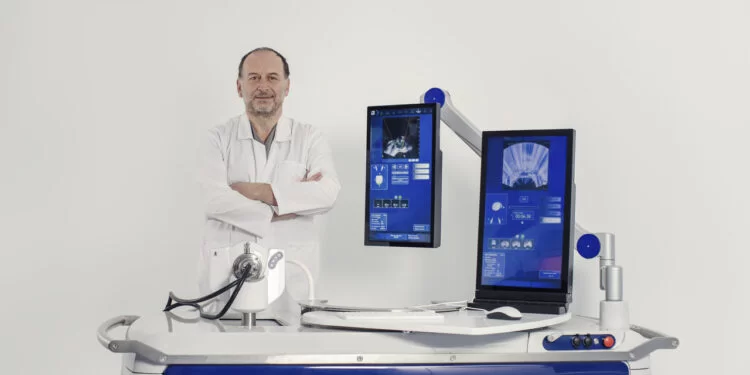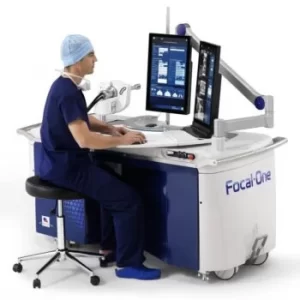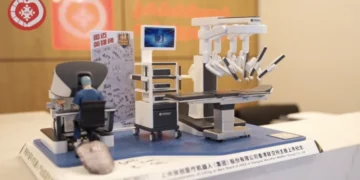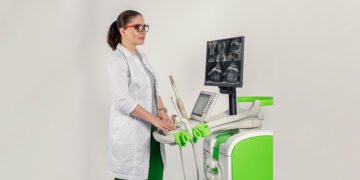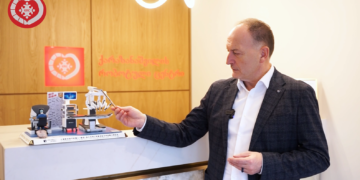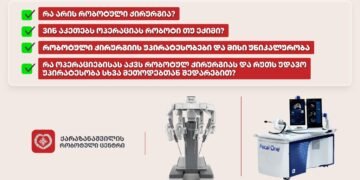MMT Hospital is the world’s leader in early diagnosis and treatment of prostate cancer. It remains one of the foremost medical institutions committed to introducing and developing cutting-edge technology for the benefit of its patients.
2021 will be a landmark year as MMT Hospital will delight its patients, especially those suffering from prostate cancer, with the introduction of unprecedented state-of-the-art robotic technology.
Focal One – Ruth (Robotic HIFU) is designed for patients with localized prostate cancer. The unique sparing Ruth robotic technology has opened up a new opportunity for men to defeat prostate cancer, preserve the prostate, normal sexual and urinary function and leave the hospital healthy in just a few hours.
Ruth is recognized by the U.S. Food and Drug Administration (FDA) as a state-of-the-art, non-invasive, radiation-free therapy for prostate cancer. The FDA is a highly respected American organization that is the world’s leader in providing and certifying the safety and efficacy of drugs, equipment, food, and vaccines for public health.
Moreover, the latest FOCAL ONE device (developed by EDAP TMS) is an innovative product even for the United States, as it was approved by the FDA merely 2 years ago, in 2018.
Before robotic ultrasound therapy
Historically, with prostate cancer, treating only part of the prostate, or subtotal treatment, was impossible because this organ is so deep anatomically. Therefore, total destruction or removal of the prostate has been a “worldwide medical law” for many years.
Today, assessment of the urologic cancer treatment outcome consists of two parameters: life expectancy and quality of life. Moreover, the American Society of Clinical Oncology (ASCO) and the National Cancer Institute (NCI) believe that a patient’s quality of life has the greatest psychological, economic and social significance.
The achievements of surgical oncourologists in recent years have been quite significant: thanks to well-mastered endoscopic and laparoscopic techniques, development of screening programs and introduction of oncomarkers in daily practice, tumors are now detected at early stages. Such tumors are characterized by compact localization, they do not spread to surrounding tissue, with lymph nodes not having distant metastases. This was the first prerequisite for the emergence of organ sparing techniques where only the pathological focus is affected.
The second prerequisite for the emergence of new technologies in oncology was the fact that, despite improvements in public health initiatives and access to care, the high incidence and mortality from prostate cancer remain a serious problem, and any surgery, whether traditional, laparoscopic or robotic, is an aggressive method that almost always results in removal of the prostate, which is very often accompanied by a decline in the quality of life, in particular impotence, or even inability to urinate (or urinary incontinence).
Given the aforementioned factors, the medical community embraced the idea that, if modern technology makes it possible to treat only the affected prostate, a man’s quality of life will improve, and many men will avoid aggressive surgical treatment or even high doses of radiation therapy. Because of this, subtotal treatment of the prostate has not only been the subject of discussion but has received the greatest recognition from the urological community.
One of the leading technologies for subtotal treatment is Ruth, specifically its latest variant, a robotic HIFU device, Focal ONE, developed by the French company EDAP TMS, which cures prostate cancer tissue by thermal destruction. The latest generation of Ruth provides for individualized and flexible treatment planning for the patient to prevent partial or total coagulation of the prostate.

